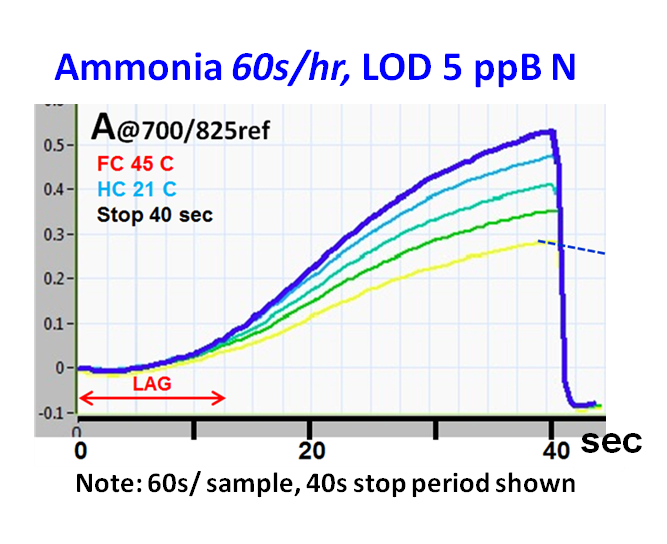Sensitivity of a majority of reagent based assays is enhanced by increasing of the incubation time. In SI format, stopping the flow is the convenient way of adjusdting
the length of incubation time, during which the reacting components are arrested within a chosen section of the flow manifold. The SI assay protocol yields two types
of readout, depending on where the reacting components are held during the incubation time:
- In the HOLDING COIL (SHC protocol)
- In the FLOW CELL (SFC protocol)
Selecting Assay Protocol
2.1.3.

Stopping flow in order to capture the sample in the holding coil (SHC protocol) yields response in form of a peak, similar to Flow Injection response curve, the height of which is proportional to the concentration of the analyte. This is because the reaction mixture is monitored, while it flows through the flow cell. SHC protocol is easy to optimize, since besides sample and reagent sequencing, the only variable is the length of the incubation time, which determines sensitivity and throughput of the assay. 2.2.18.


Stopping flow while the sample is in the flow cell (SFC protocol) yields reaction rate curve, recorded while the course of the chemical reactions is monitored in real time. By zeroeing the baseline and starting data collection right at the beginning of the stop flow period, background color of sample and of reagents, as well as the influence of the refractive index are eliminated. This is why the SFC protocol yields better LOD values than SHC protocol, but it is more difficult to optimize, since it requires a precise positioning of the zone of the reactants in the flow cell. 2.2.36.










